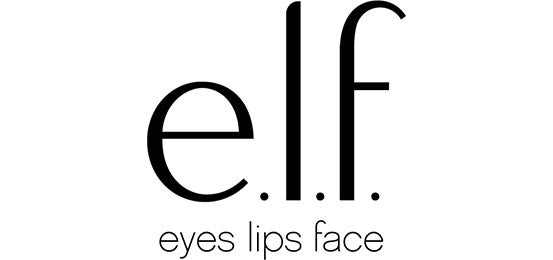For a startup, 20 years can feel like a long time.
But for e.l.f. Cosmetics, the upstart beauty brand that made good, it doesn’t feel that way.
“We might be pretty big right now,” e.l.f. Chief Brand Officer Laurie Lam told AdExchanger. “But we are not a leader, necessarily, in the sense that we don’t have 100 years of history like a lot of our competitors do.”
History can be a burden for a brand, if it means that company is too set in its ways to pivot and try new things.
The brand itself started as a seller of $1 makeup only over the internet.
Which, seriously, c’mon.
Nowadays, the average unit price is $6, Lam said.
And e.l.f is a TikTok power brand that’s earned a spot in every cosmetics, pharmacy and department store.
The company. isn’t done dreaming big, either. If the brand has its way, you may hear the word e.l.f.-iverse again, and not just in this article.
AdExchanger caught up with Lam about her role – the company also has a CMO, Kory Marchisotto – and e.l.f.’s ambitions to be a consumer destination, not just a brand.
AdExchanger: How do you make money when your average unit price is $6 and the product is manufactured and shipped around the world, processed in a warehouse and delivered to someone’s doorstep?
LAURIE LAM: It actually goes back to who we are as a company.
When we were founded in 2004, the founders started on the ecommerce model. They sold cosmetics over the internet for $1 – just to share with you how bat-shit bananas that is, not one company would ever do that now.
Our digital business is currently 19% of the overall sales.
But the most important thing is we never stopped bringing that community back. From when it was $1 premium cosmetics over the internet, that actually became the best focus group for e.l.f.
How do you keep those people coming back?
For one, we have 5 million members that are actively engaged on Beauty Squad [an influencer rewards and affiliate-style sales program]. They drive a disproportionate volume of sales to the site.
We also think about delivering rewards for loyalty. For example, we reward all purchases the same, whether it’s the DTC site, Amazon, Sephora, wherever. Customers can scan the receipt from anywhere. There are very few others that can say they do that, and it brings people back to the app and site.
In Piper Sandler’s list of Gen Z shopping destination sites, the list is big retailers and places you’d expect – Sephora, Ulta, YouTube, TikTok, etc. And then you see e.l.f. Cosmetics, out of nowhere.
Can you envision building that into a media business?
Part of our mission is to be at the apex of culture, entertainment and beauty. And entertainment can mean a lot of things to different people. For us, it means an actual e.l.f.-iverse [as in, Marvel Cinematic Universe, but e.l.f.].
We’ve actually been building around creators and influencers. But it also extends to gamers, other brands and collaborations, like Liquid Death. There are athletes and changemakers like Billie Jean King and Katherine Legge, who is the only woman to compete in this year’s IndyCar racing. So we are building an e.l.f.-iverse around us of like-minded disruptors.
That sometimes means going to a platform or a brand that someone else would say, “What are you doing here?”
Such as?
Roblox is probably the best example.
We were one of the first and have the highest-rated brand experiences on Roblox. We were unofficially one of the requested brands, because we have that community. So we’re there in an organic way. And the whole idea with Roblox is to teach other creators and entrepreneurs how to create universes and make money.
We have a book club on Roblox with Reese Witherspoon, and we built a racetrack when we partnered with Indy 500.
What was the Liquid Death reference?
We did a collaboration together. It was pretty killer, pun intended.
It was a five-piece makeup set we created with a coarse paint look, and it was set in a coffin. People and creators were creating this look all over TikTok. We sold out that kit in 45 minutes.
When you have a collab that sells like that, do you consider making it a regular product?
When we do these brand-on-brand deals, it’s really plugged into the cultural zeitgeist.
Liquid actually comes after many successful collaborations. Our first foray into a ‘brand-on-brand’ collab – again, I’m using air quotes – was actually with Chipotle.
And again, you might say, “Well, what does a brand like e.l.f. and Chipotle have to do together?”
We have three pillars in how we look at brand-on-brand collaboration. First, it has to be surprising to our community. It needs that shock factor.
Two, they need to be social. Meaning the campaigns are on social platforms, but they’re also social-led brands in many cases.
And the third piece of the formula is that we make them scarce. We’re not trying to have a corpse paint kit for the rest of the year. It’s a limited-time kit. And part of the appeal is you’ve got to be in the know to get it.
So, what happens after we sell out?
It sells out.
This interview has been edited and condensed














